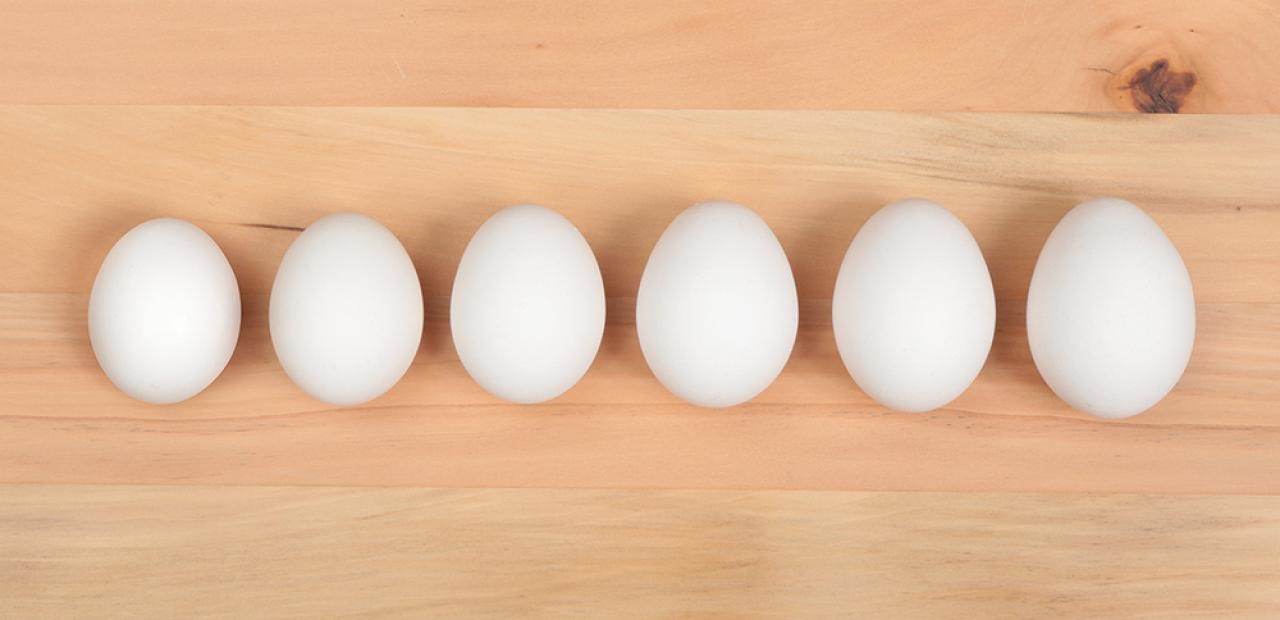- “Peeled Potatoes” vs. “Potatoes, Peeled”
When a recipe calls for 6 oz. of peeled potatoes – this means to weigh the potatoes after they’ve been peeled. However, when a recipe calls for 6 oz. potatoes, peeled – this means to weigh the potatoes first with the peeling still on, and then peel them. It can definitely make the difference between delicious potato salad or potato salad that is too dry!
- Missing One Ingredient
It’s essential to read the entire recipe before you start cooking. That way, you can be certain you have all the ingredients and equipment you will need before you begin cooking. It’s really smart to pull out the equipment needed and have all the ingredients measured out before you begin to be sure that an ingredient is not overlooked or forgotten.
- Overcrowding the Pan

When you overcrowd your pan with food, this lowers the pan temperature. This can lead to undercooking some pieces while others get burnt. Overcrowding your pan can also actually end up increasing your cooking times. It can even change the flavor of what you’re cooking if you mix ingredients together that should be cooked in separate pans.
- Slice Meat with the Grain
The direction you slice meat will make a difference on whether it tastes tough or not. When meat is sliced with the grain instead of against the grain it tastes much better.
- Dry vs. Liquid Measuring
Especially when baking, it’s important to add the precise amount of each ingredient. There are different tools for measuring dry ingredients than measuring liquid ingredients. For dry ingredients, it’s best to use plastic or metal measuring cups and spoons, and for liquids it’s best to use glass measuring cups where you can easily pour the liquid ingredients in.
- Dark vs. Light baking pans
Knowing how the color of your baking pans affects your cooking time can make the difference between a meal that’s perfectly cooked and burnt to a crisp! When using a dark nonstick baking pan it’s important to reduce the oven temperature by 25 degrees because dark plans accelerate cooking times. (Unless of course the recipe calls specifically for a dark baking pan.)
- Standard Egg Size: Large
There are a couple different sizes of eggs you can purchase at the grocery store. However, when you are baking, the standard egg size is Large. If you use extra-large or medium, the recipe simply will not turn out as well.
Photo from www.eggs.ca


 Subscribe to my newsletter to follow along with my journey and receive recipes, insider tips and freebies!
Subscribe to my newsletter to follow along with my journey and receive recipes, insider tips and freebies!